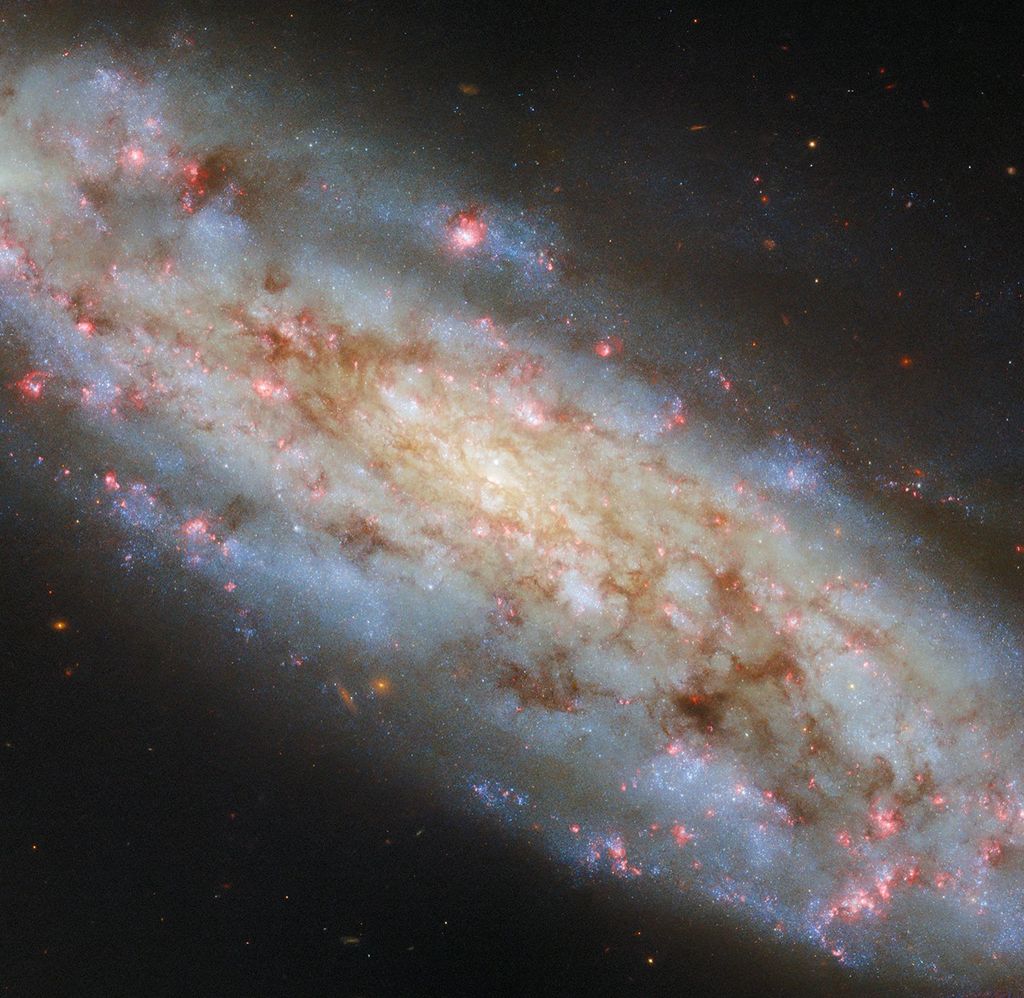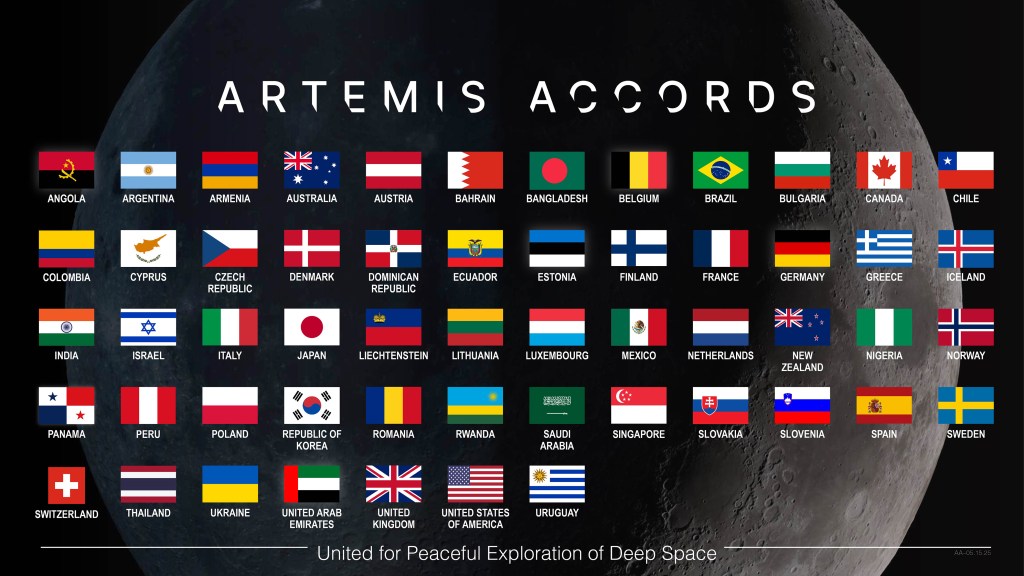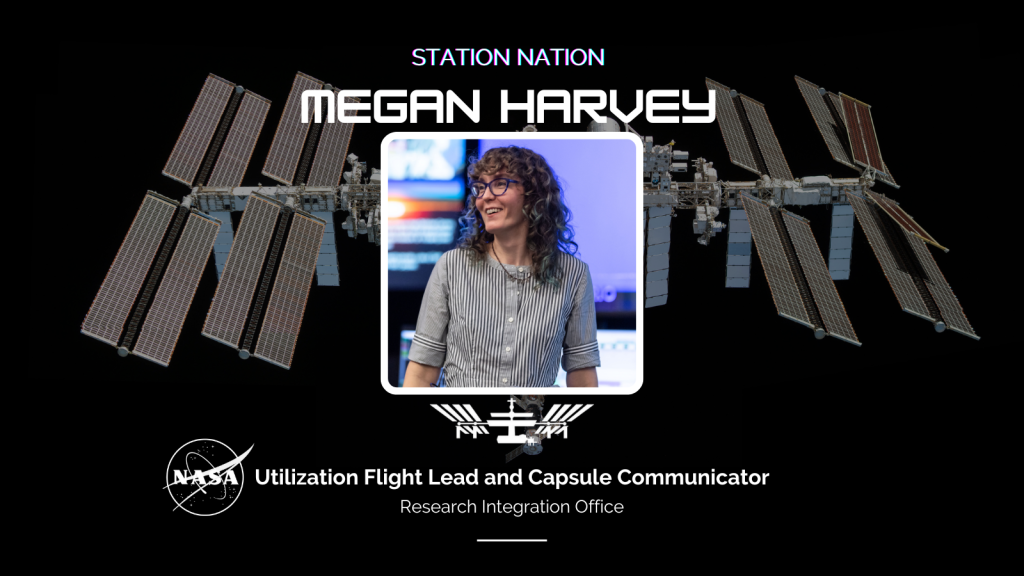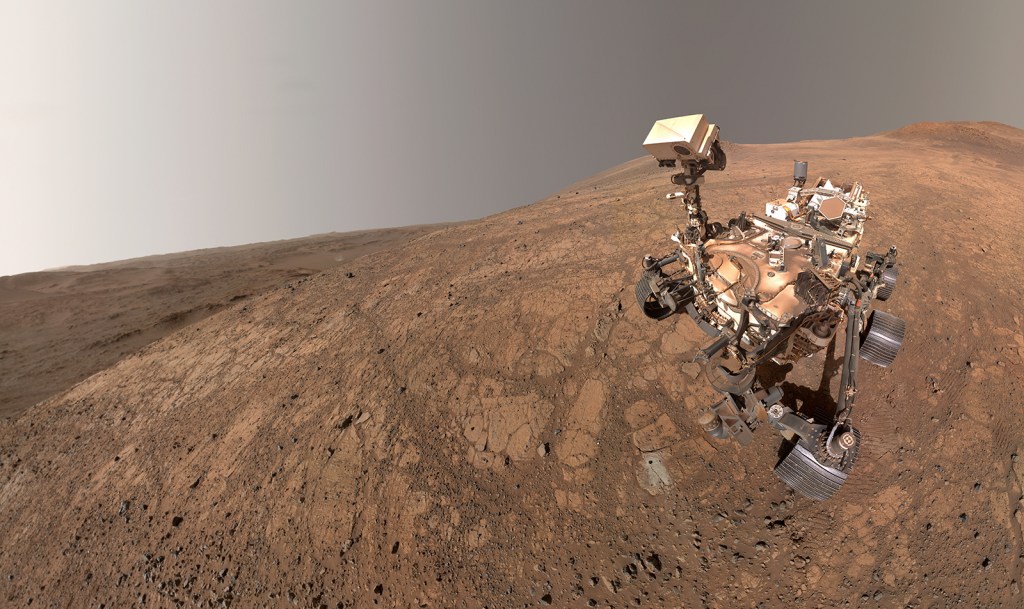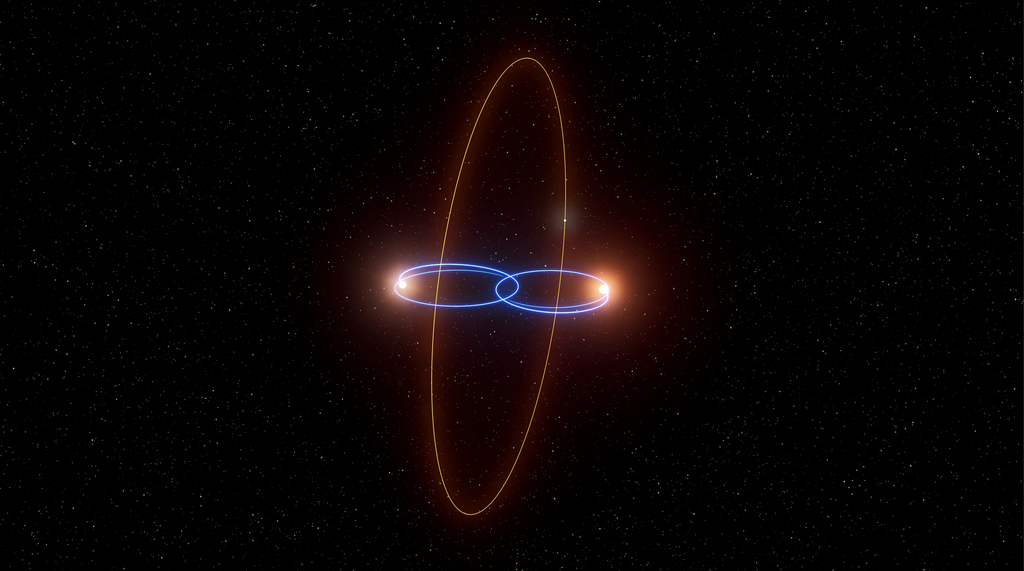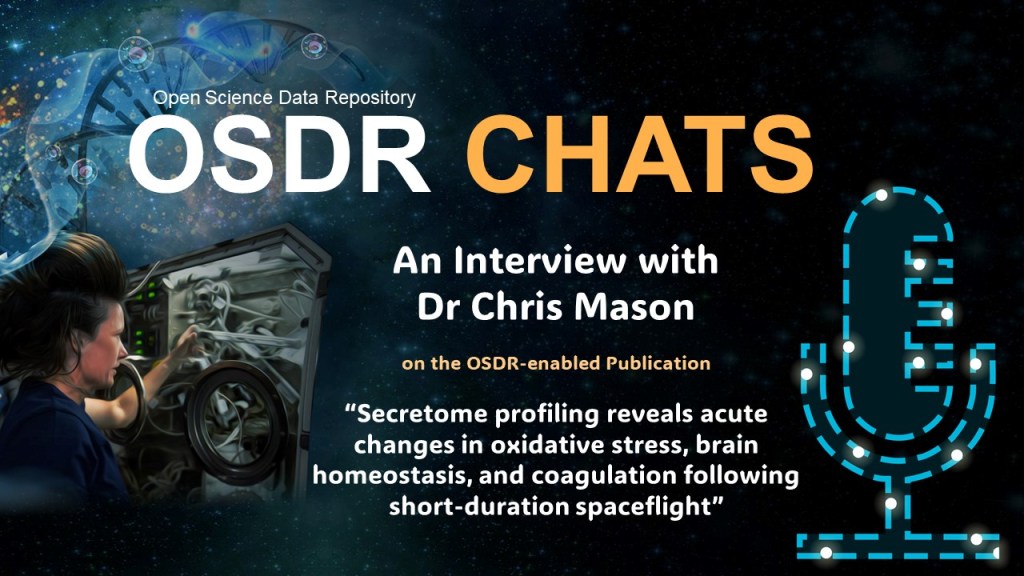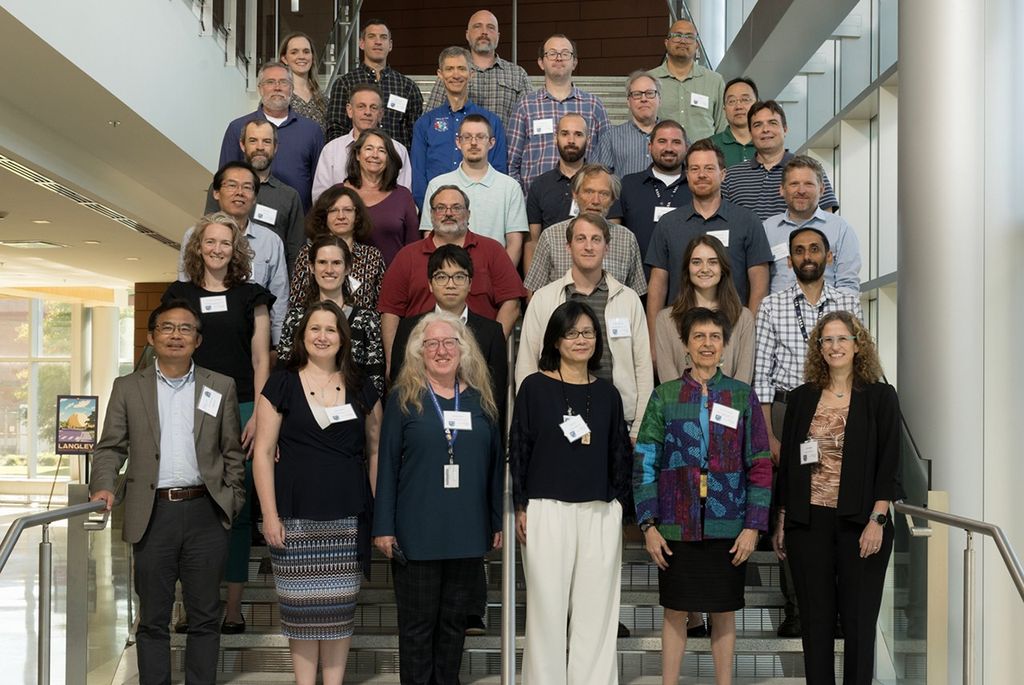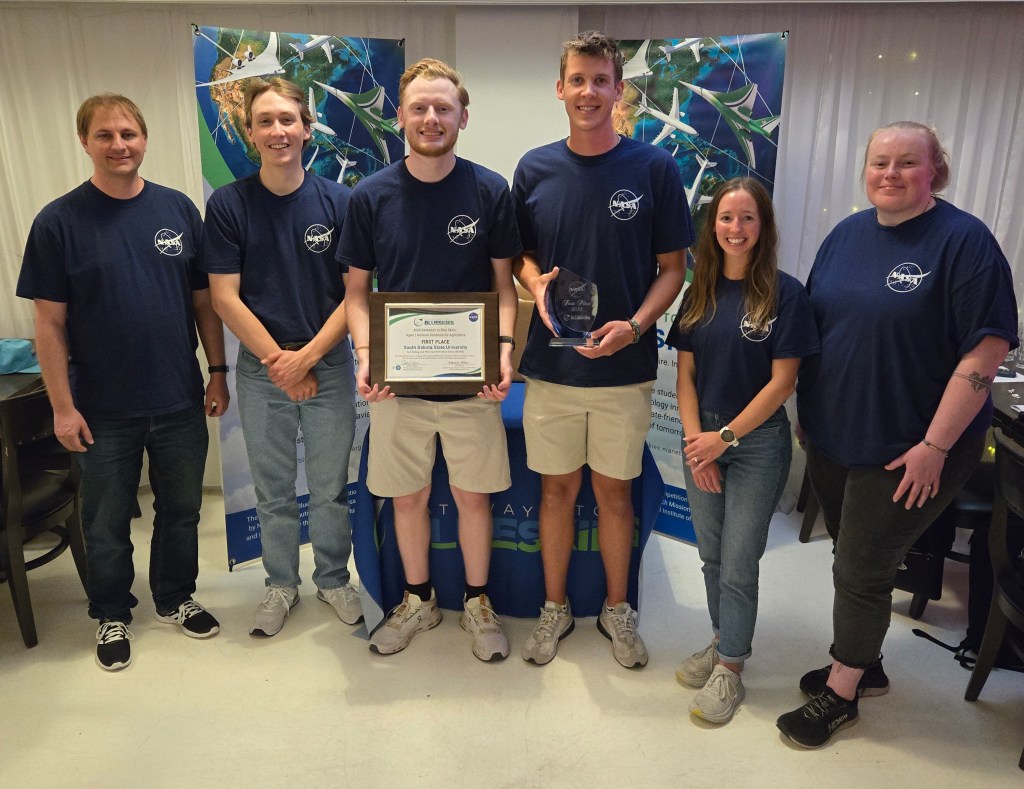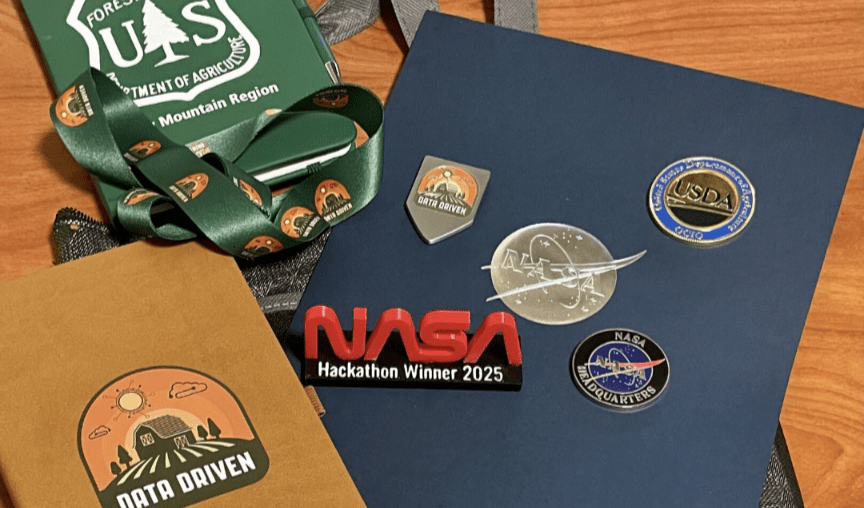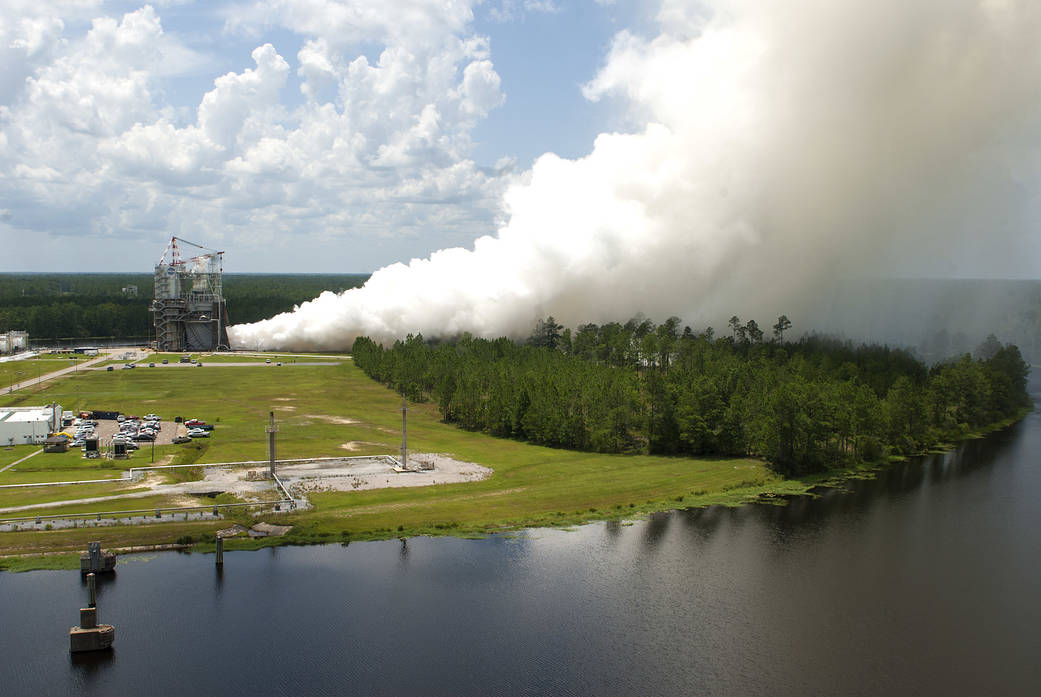NASA engineers conducted a successful developmental test of RS-25 rocket engine No. 0528 July 29, 2016, to collect critical performance data for the most powerful rocket in the world – the Space Launch System (SLS). The engine roared to life for a full 650-second test on the A-1 Test Stand at NASA’s Stennis Space Center, near Bay St. Louis, Mississippi, marking another step forward in development of the SLS, which will launch humans deeper into space than ever before, including on the journey to Mars. Four RS-25 engines, joined with a pair of solid rocket boosters, will power the SLS core stage at launch. The RS-25 engines used on the first four SLS flights are former space shuttle main engines, modified to operate at a higher performance level and with a new engine controller, which allows communication between the vehicle and engine.
NASA conducted a series of developmental tests on the engine last year before testing a flight engine that will be used on its second test flight, known as Exploration Mission-2 (EM-2). EM-2 will be the first crewed flight of NASA’s Orion spacecraft, launching on the SLS. A second series of developmental tests began July 14. The test was conducted by a team of NASA, Aerojet Rocketdyne and Syncom Space Services engineers and operators. Aerojet Rocketdyne is the prime contractor for the RS-25 engines. Syncom Space Services is the prime contractor for Stennis facilities and operations.
The July 29 test and four future scheduled firings in the current series are focused on the new engine controller and higher operating parameters. While RS-25 engines are among the most tested – and proven – in the world, they have been modernized for SLS. The developmental tests are designed to show they will meet the new parameters of the rocket. During the firings, the test team will put the engine through a variety of adaptations, starting it at different temperatures and pressures, for instance. The team also will watch closely to ensure the new engine controller functions as needed. In addition to the existing RS-25 engines, NASA has contracted with Aerojet Rocketdyne to build additional engines for use on SLS missions. All flight testing for SLS take place at Stennis, as will the actual core stage testing for the first integrated mission of SLS and NASA’s Orion spacecraft, Exploration Mission-1. The next scheduled RS-25 developmental test at Stennis is set for Aug. 18.


